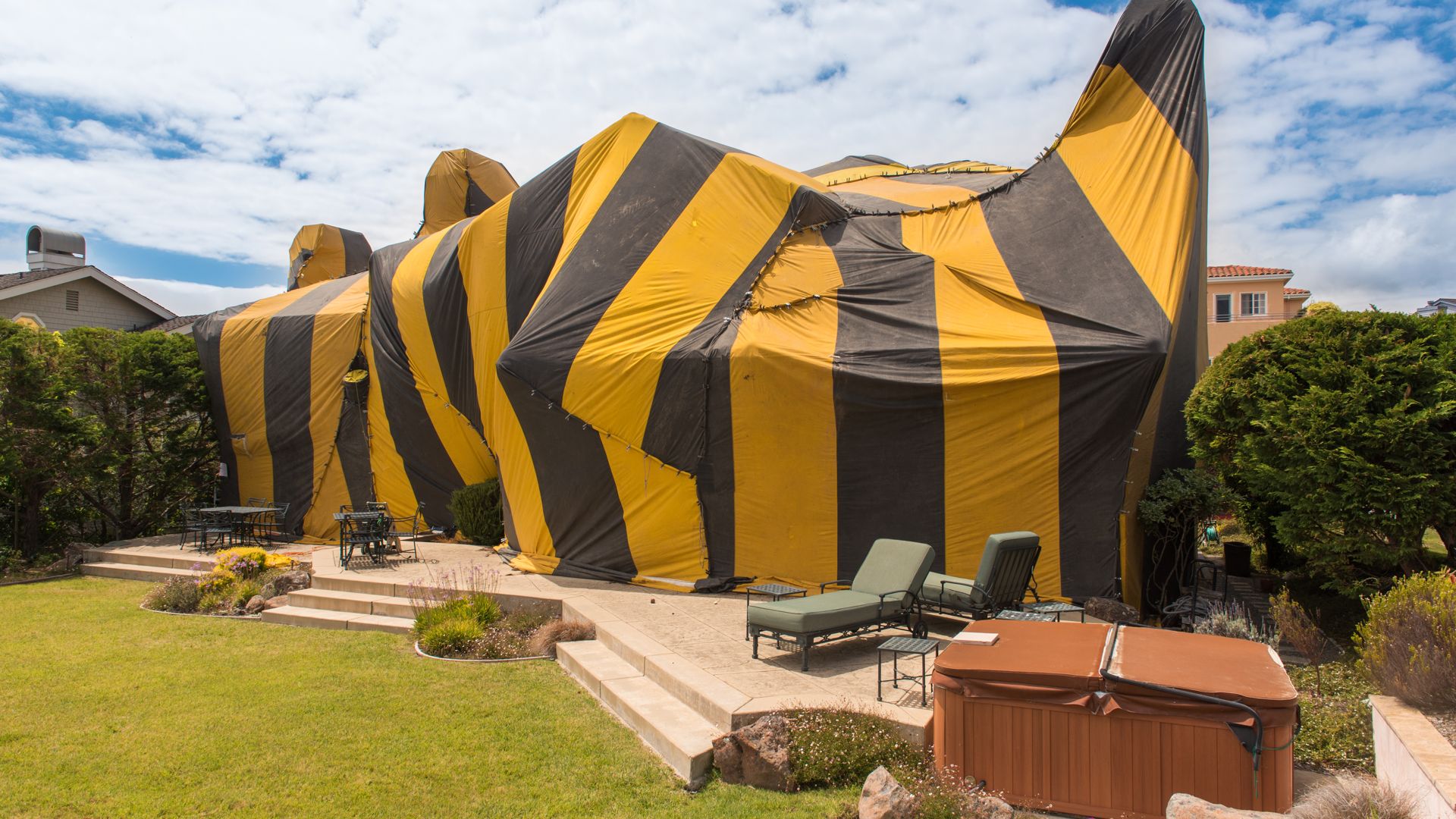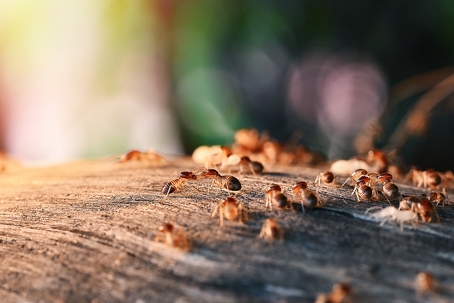When you’ve spent all this time, effort, and money on buying a new home, the last thing you want is to move in and find out you have termites! Termites are a problem for millions of Americans every year and cause nearly $50 billion in damages across the country.
During the process of buying a home, there are many inspections you are legally required to have, which is why many try to skip as much as possible - including termite and pest inspections. Considering how much damage these little pests can cause you, we recommend that you have a professional look at your property before you buy it, and come back to inspect yearly. Even if there’s no termite damage before you move in, you can get an infestation at any time which will lower your home’s resale value - and make it more dangerous and uncomfortable to live in.
Inspecting a New Home for Termites
When you buy a home, there are multiple types of inspections. A regular home inspection will check for HVAC damage, mold, asbestos, and other things. It doesn’t include pests. A WDO is an inspection for Wood Destroying Organisms, as termites aren’t the only pests that eat wood. It’s important to get a professional out there before you buy the home, so you know if you should invest in exterminators or if you’ll have to replace certain panels or beams (if they’ve been damaged by termites). A professional knows the subtle signs to look for, and can also point out any weaknesses or possible openings for pests to invade your new home.
If you want to carry out your own termite inspection before calling in professional help, we recommend that you first gather everything you’ll need to inspect. You should have several pairs of heavy-duty gloves, as this inspection will involve touching dusty and muddy areas. You should wear work jeans or overalls that you don’t mind ruining.
What to Look for in a Termite Inspection
You should take a look at some pictures of what termite mud tubes look like. These underground mazes are where the termites live when they’re not eating wood, they’re carefully hidden underneath the ground, which provides them with moisture and hides them from predators. They carve out what is known as “mud tubes,” which look simply look like muddy clumps or tubes buried in mud from the top. You may be able to follow the underground tube and see where it goes to have a better idea of what part of your home may already be damaged. However, if you’re not entirely sure what a termite home looks like you may easily ignore it or mistake it for natural corrosion.
Other signs of termites include blisters in wood flooring, hollowed wood, piles of wings and insect shells, and dry wood termite droppings.
You should take the time to carefully test the home’s floors, structures, and integrity by walking along and slowly knocking on the wood every few feet. Hollow wood makes a thudding sound, different than whole wood. If you’re noticing hollow sounds, weakness, or crumbling in the wood of your home, it could be a big sign of termites.
Call Commonwealth Exterminators at 1-800-734-1724 and speak to a professional about your home’s pest control needs. Save yourself the heartache of closing on a home only to find that you must spend thousands on renovations due to termite damage by getting a professional to do a quality inspection.

